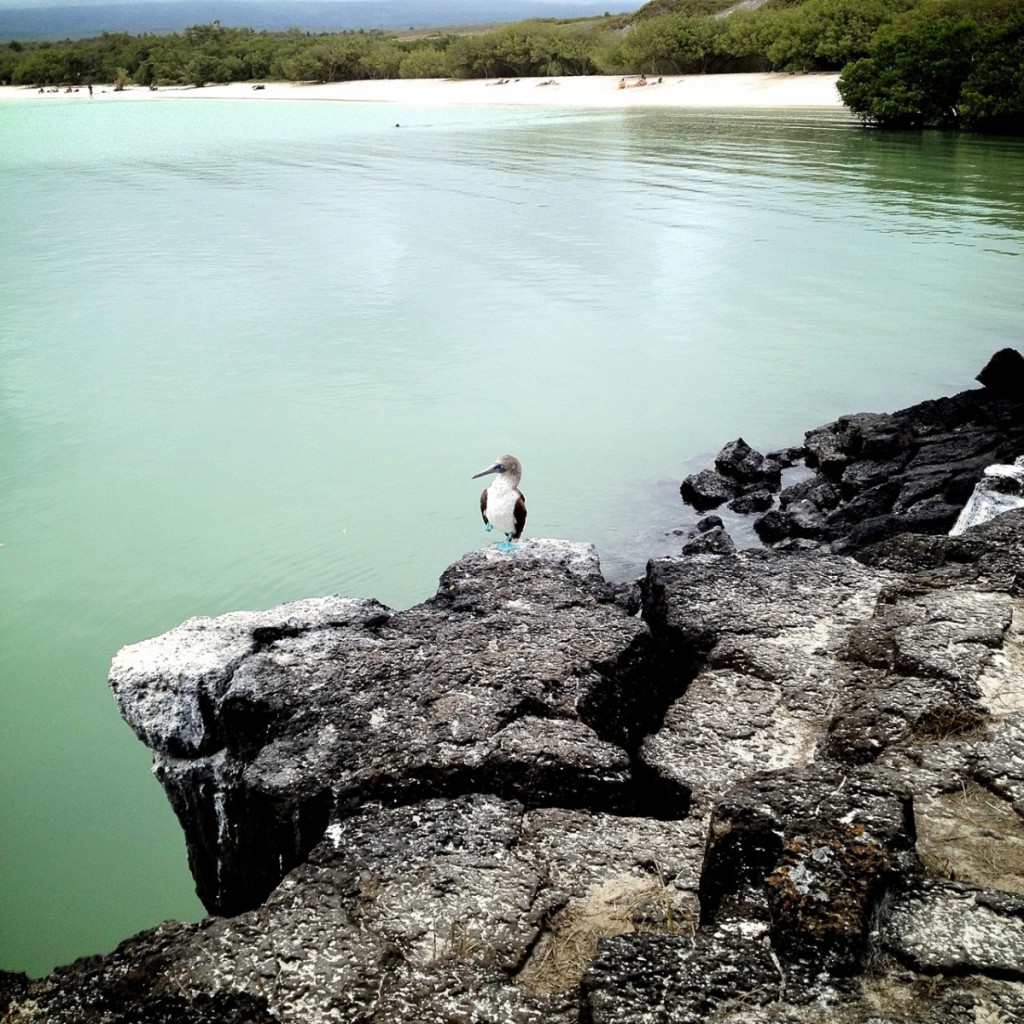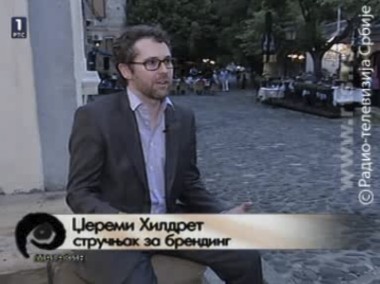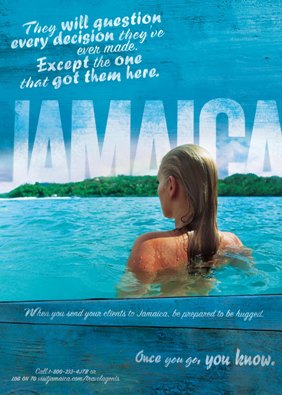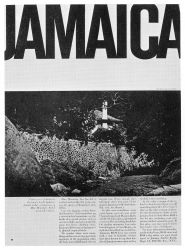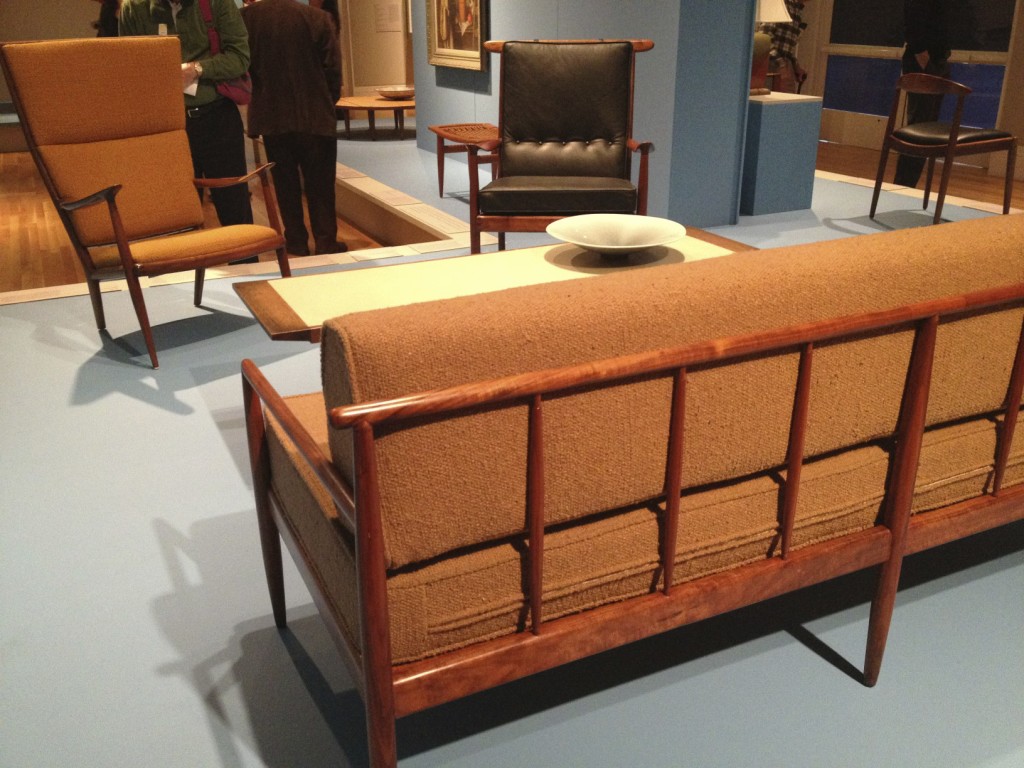
Sam Maloof’s first sofa
One of the things Steve Jobs knew was that motive matters.
Your motive is what’s in your heart and your mind when you’re making or doing whatever it is you make or do that people pay you for.
Steve Jobs gave an interview as part of a Smithsonian oral history project that’s one of the greatest things I’ve ever read, full stop. If you read this (along with the Playboy interview I’m about to mention), and you read between the lines, too, you can reverse engineer Steve’s worldview almost perfectly.
Walter Isaacson, in his Jobs bio, quotes from another equally lengthy and superb interview with Jobs, from 1985, for Playboy. Jobs’ recalls what his dad told him about one of the hallmarks of a real craftsman:
When you’re a carpenter making a beautiful chest of drawers, you’re not going to use a piece of plywood on the back, even though it faces the wall and nobody will ever see it. You’ll know it’s there, so you’re going to use a beautiful piece of wood on the back. For you to sleep well at night, the aesthetic, the quality, has to be carried all the way through.
That’s a long run-up to my point: I had Steve Jobs on my mind when I visited the Huntington Library in Pasadena, California, to see an exhibition on furniture maker Sam Maloof. In The Wall Street Journal article that resulted from my visit, I couldn’t help but reference good ol’ Steve.
On the surface my article is about Maloof, an American midcentury woodworker-modernist who became a legend in his own time. Beyond that however, it’s about integrity and motives and bringing soulfulness to your work.
Since it lives outside The Wall Street Journal‘s pay wall, you can read it for free here.



